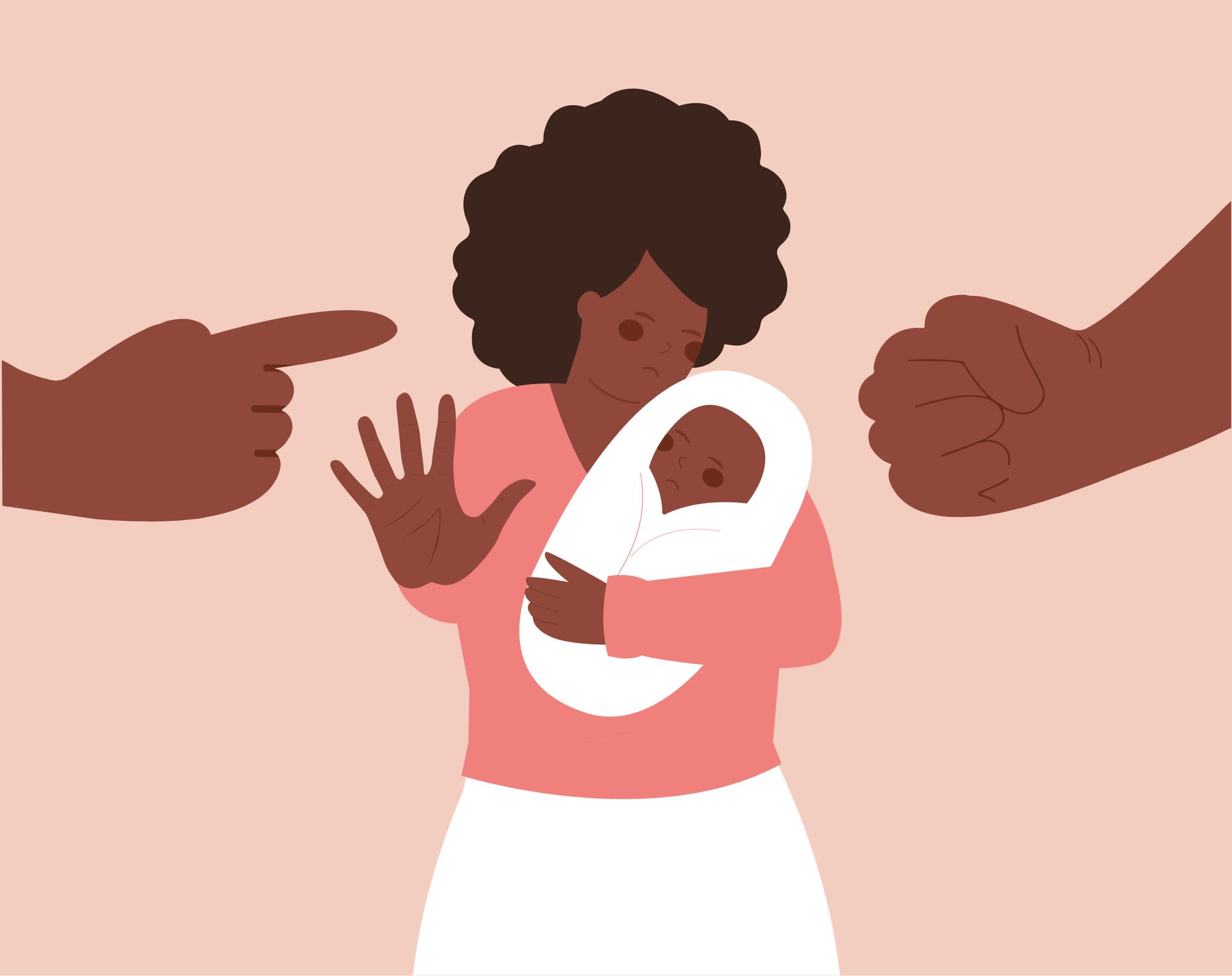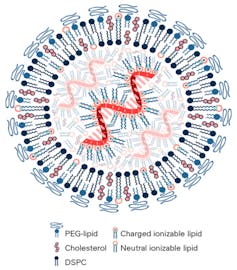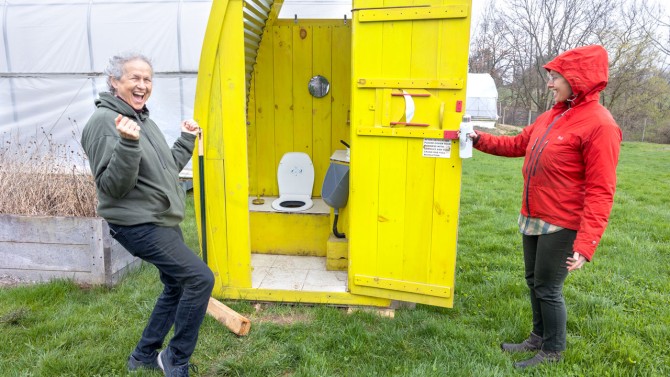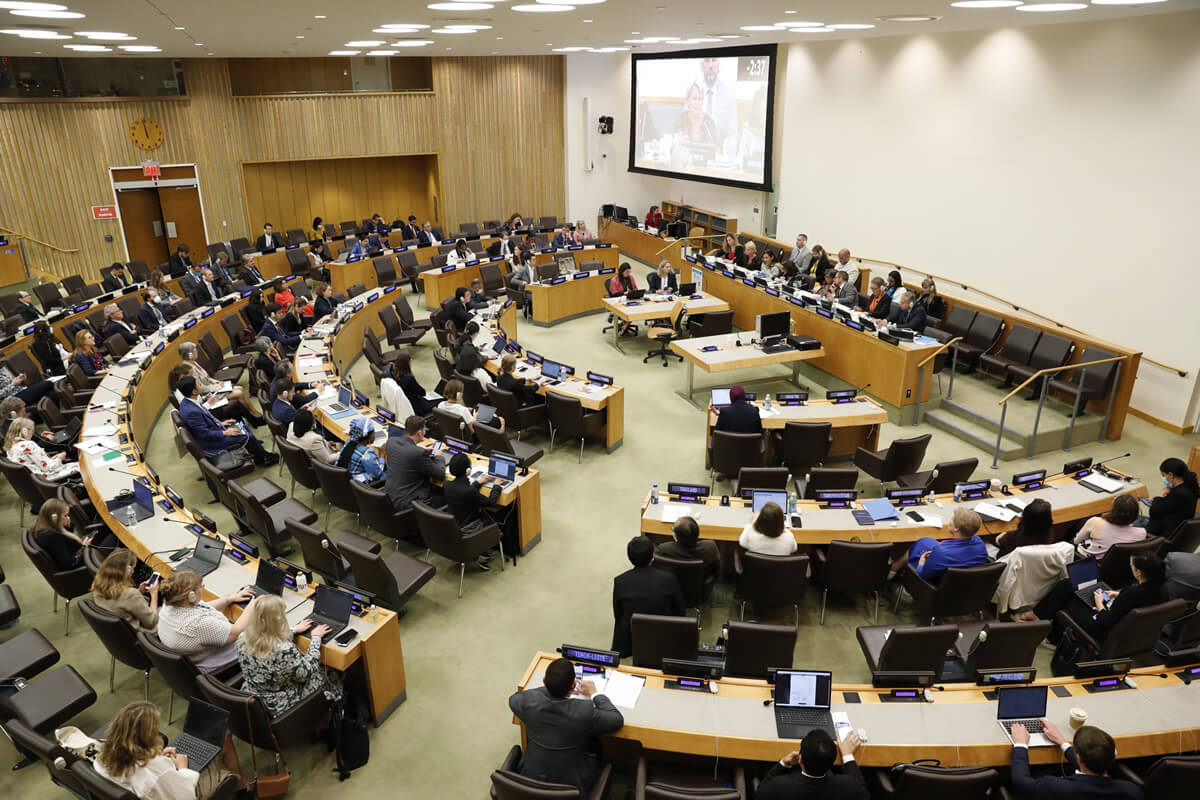Violence against women is a national crisis. In the past fortnight, at least six women in Australia have allegedly died as a consequence of men’s violence.
Kate Fitz-Gibbon
Professor and Director, Gender and Family Violence Prevention Centre, School of Social Sciences
Marie Segrave
Professor of Criminology
Last month, at least one toddler, a teenager and two women were killed in the context of family violence. In February this year, 10 women were killed by male violence within a period of 20 days.
These deaths matter. The insecurity and trauma that marked these lives matters. The lives of those devastated by their deaths matter.
Last year, 57 women were killed by male violence in Australia. In the first 30 weeks of 2023, the Red Heart Campaign, led by Sherele Moody, has noted the killing of 35 Australian women. The majority have been allegedly killed by a current or former male intimate partner.
This puts Australia on track for yet another year where the annual rate of women being killed by a current or former male partner is one death per week.
We know these numbers are the tip of the iceberg of the national crisis of domestic and family violence.
The spike in numbers over the past fortnight prompted the Minister for Families and Social Services, Amanda Rishworth, to issue a public statement reasserting that violence is unacceptable, and the reassertion of previously-made funding commitments and the existence of the National Plan to end Violence against Women and Children.
Violence against women and children in any form is unacceptable.
This year alone we’ve already seen too many lives lost to family and domestic violence.
One life lost is too many. pic.twitter.com/GSR61C6XRn
– Amanda Rishworth MP (@AmandaRishworth) July 18, 2023
But there’s no demonstrable evidence of a change of pace, or emergency interventions. While the national plan includes the commitment to end gender-based violence in one generation, publicly the language and the pace is not fostering a sense of the importance and urgency needed.
Shifting community attitudes is key. As the latest National Community Attitudes Survey shows, nine in 10 Australians recognise that family violence is a major issue in Australia. Yet fewer than half recognise it’s an issue in their neighbourhood or community. Violence against women remains an issue of “others”.
This work, of women’s deaths being unacceptable to us all, must begin now, and must involve leaders across the country at every level.
Nearly a year on from the release of the national plan, we’re still waiting for the first five-year National Action Plan, and the promised dedicated national plan for Aboriginal and Torres Strait Islander communities.

In the wake of these past few weeks, there’s been no urgent meeting called of the national and state-based women’s safety ministers.
What will it take to have leadership, action and funding commensurate with the size of the problem? How can we rally men and women across the community, at every level, to speak about men’s violence, to reach out to men who are using violence to reduce shame, stigma, and to disrupt the perpetuation of myths around the roles of men and women in relationships, to enhance women’s safety?
The Albanese government’s commitment of $2.3 billion dollars to support the work of the national plan sounds impressive. It’s certainly more than any past Commonwealth government in Australia has committed, and that’s commendable.
But it’s less than the multibillion-dollar investment to tackle family violence in Victoria alone in the seven years since the Royal Commission into Family Violence. And it’s a drop in the ocean compared to the $386 billion in the federal budget for submarines.
It’s also significantly less than the cost of violence against women in Australia, where the total annual cost of violence against women is estimated at nearly $26 billion. The flow-on effect on children adds billions again.
These staggering costs reflect the economic, social, familial, health and wellbeing impacts of violence.

This past fortnight highlights how devastatingly far we are from progressing the national plan goal to end gender-based violence in one generation.
Alarmingly, it appears women’s deaths have become the norm, the expected collateral damage of Australia’s national crisis of violence against women. Meaningful action, needs-based funding, and a sense of urgency is critical, along with a shift of community attitudes.
The death toll reminds us that more of the same is not good enough.
We’re calling for immediate action and transparent outcomes. These actions include:
An urgent meeting of the women’s safety ministers.
Each state and territory should review and publicly release the level of funding committed to domestic and family violence, and identify the gap between funding committed and need. Targets should be put in place to recognise how the gap between funding committed and demand can be immediately reduced.
Each state and territory government should publicly report on housing availability versus demand, and put in place a clear plan to ensure women and children escaping violence have access to safe accommodation, including crisis accommodation, as well as long-term affordable housing options.
In the past fortnight, two of those killed were First Nations women. Working with communities, there should be an immediate acceleration in delivering the commitments made to address domestic, family and sexual violence through community-led design and implementation of culturally-sensitive responses.
Increased funding of a holistic suite of perpetrator interventions in each state and territory that recognise the diverse support needs of men using violence against women and children, and promote both perpetrator and system accountability.
Fully-funded domestic and family violence death review teams in each state and territory. While death review teams have been set up and are operational in some states, they’re critically under-resourced.
Increased investment in primary prevention activities in each state and territory to ensure accelerated commitment to addressing the underlying drivers of violence.
These actions would ensure key policymakers move beyond masthead statements. An immediate and measurable approach to action is needed. We’ve witnessed in the past few years how it’s possible to divert funding quickly and immediately in a crisis – we ask for this to happen now.

There’s knowledge about what needs to be done, and yet the wheels are turning frustratingly slowly to disrupt the persistence of men’s violence against women and children. As No to Violence CEO Jacqui Watt noted recently, it can be hard to “keep the motivation up” across the sector, especially one that works tirelessly, but remains largely underfunded and over-consulted.
At what point will Australia as a nation draw the line and say enough is enough? When will those with the power to respond with adequate action, funding, and urgency do so?
Until the answer to both of these questions is NOW, women and children will continue to be killed, and their deaths will largely go unnoticed.
This article was co-authored with Silke Meyer, the Leneen Forde Chair of Child and Family Research at Griffith University.








